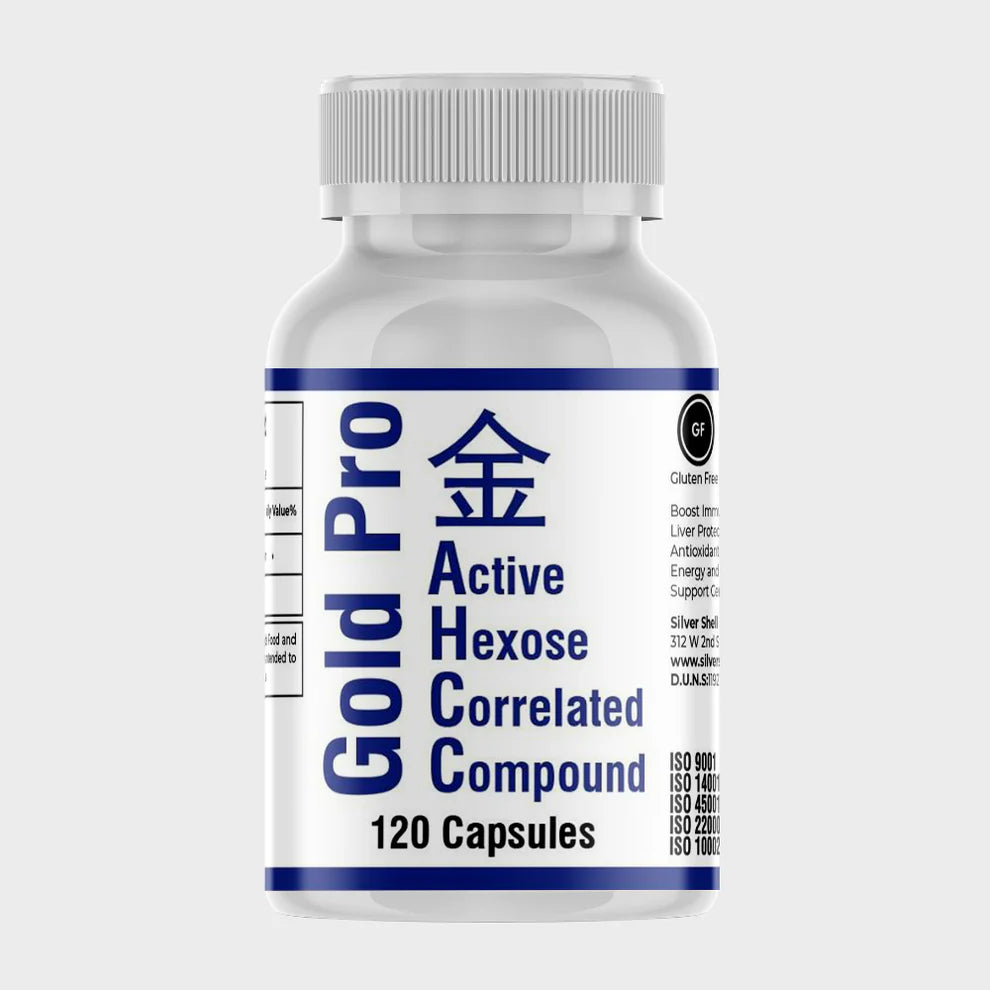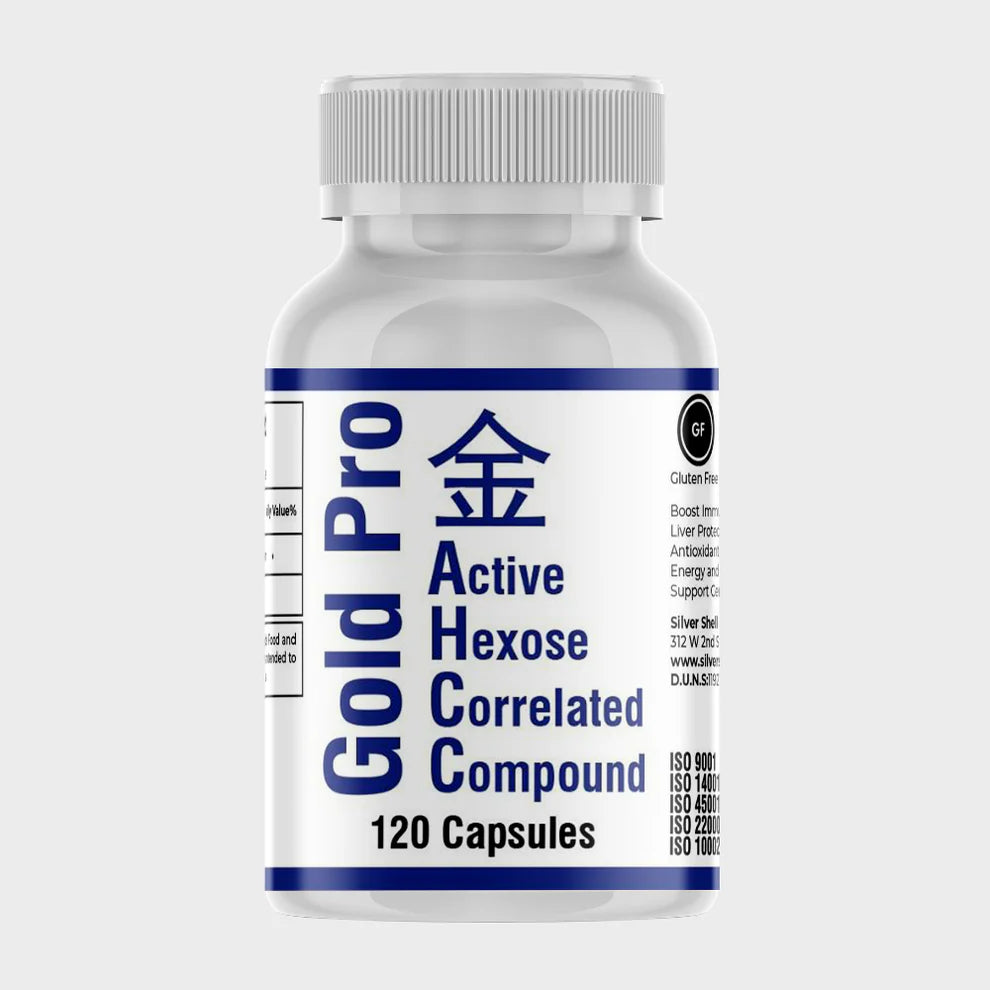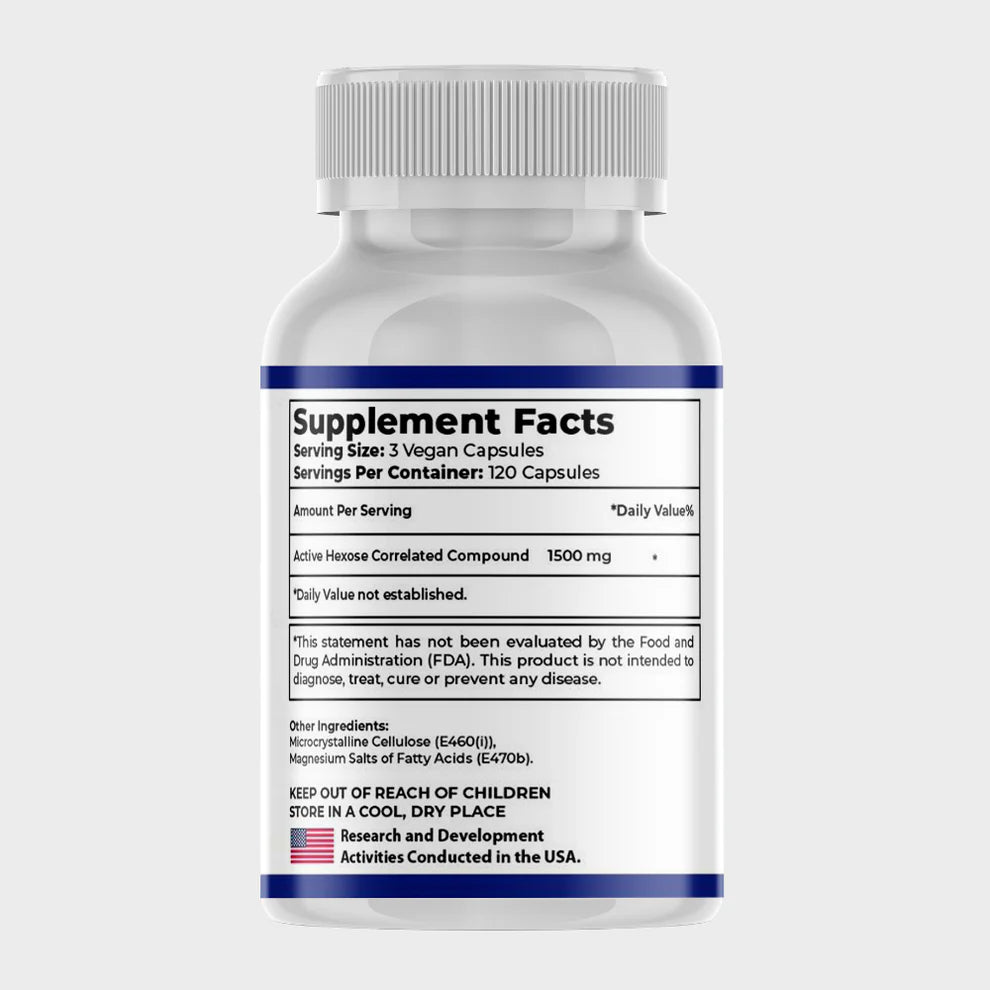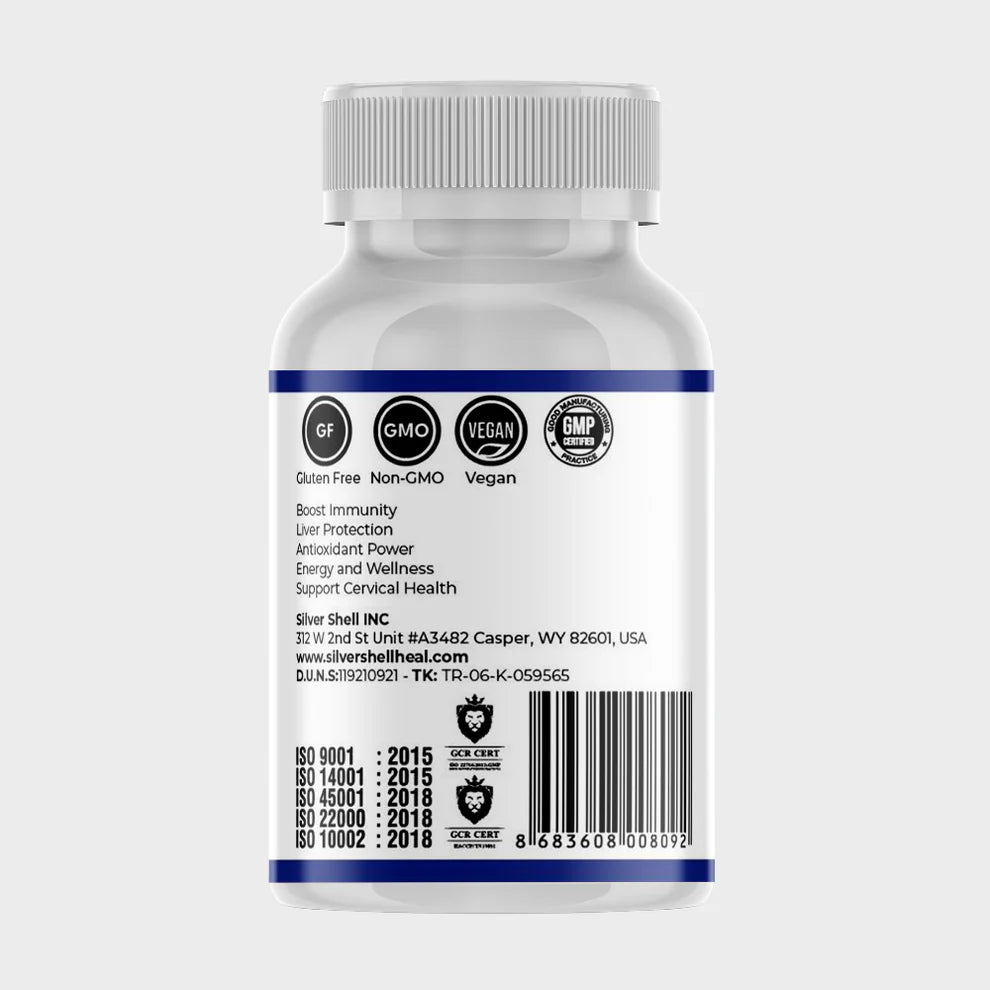What is HPV?
HPV is a group of more than 200 related viruses that infect the skin and mucous membranes. These viruses are classified into low-risk types, which cause benign conditions like warts, and high-risk types, which can lead to cancers such as cervical, anal, and oropharyngeal cancer. HPV spreads primarily through sexual contact, making it one of the most common sexually transmitted infections.
Types of HPV: High-Risk vs. Low-Risk
High-Risk HPV Types
High-risk HPV strains are linked to cancer development. The most notable are HPV-16 and HPV-18, which cause about 70% of cervical cancer cases globally. Other high-risk strains include HPV-31, HPV-33, HPV-45, and HPV-52, which also increase cancer risk.
Cancers Caused by High-Risk HPV:
- Cervical cancer (most common)
- Anal cancer
- Oropharyngeal cancer
- Vaginal cancer
- Penile cancer
Low-Risk HPV Types
Low-risk types, such as HPV-6 and HPV-11, do not cause cancer but are associated with conditions like genital warts and respiratory papillomatosis. While not life-threatening, these conditions can affect quality of life and require medical attention.
Why Knowing Your HPV Type Matters
Identifying your HPV type helps assess your risk of developing HPV-related health issues and enables tailored medical care.
Benefits of HPV Typing:
- Early Detection: High-risk types can be closely monitored for precancerous changes.
- Vaccine Guidance: Ensures vaccination is targeted at the most relevant HPV strains.
- Treatment Personalization: Knowing your type supports better treatment decisions.
How to Test for HPV
HPV testing is a critical part of cervical cancer screening and can identify specific high-risk strains. For women, this is typically done alongside Pap smears. For men, testing is less routine but can involve anal Pap tests or physical examinations.
Key HPV Testing Methods:
- Pap Smear: Detects abnormal cellular changes in the cervix caused by HPV.
- HPV DNA Test: Identifies specific high-risk HPV types in cervical samples.
- Colposcopy: Provides a detailed view of cervical abnormalities.
- Biopsy: Confirms the presence of precancerous or cancerous cells.
Prevention Strategies for HPV
Preventing HPV involves a multifaceted approach, including vaccination, safe practices, regular screenings, and innovative solutions like AHCC supplementation.
HPV Vaccination
The HPV vaccine protects against the most common high-risk and low-risk strains, including HPV-16, HPV-18, HPV-6, and HPV-11. It is recommended for individuals aged 9 to 45 and is most effective when administered before sexual activity begins.
AHCC Supplement: A Natural Prevention Tool
Active Hexose Correlated Compound (AHCC), a mushroom extract, has gained attention for its potential to support the immune system in managing HPV. Research shows that AHCC may help the body clear persistent HPV infections and reduce the risk of complications.
AHCC Benefits:
- Immune Support: Boosts the body’s ability to fight infections.
- Clears HPV Naturally: Studies indicate AHCC can eliminate high-risk HPV strains in some individuals.
- Safe and Effective: A natural supplement with minimal side effects, making it a promising preventive strategy.
Integrating AHCC into your routine may enhance your defense against HPV and complement traditional prevention methods.
Safe Practices
- Use Barrier Protection: Condoms and dental dams lower the risk of transmission.
- Limit Sexual Partners: Reducing the number of partners minimizes exposure.
- Routine Screening: Regular Pap smears and HPV tests are essential for early detection.
Strengthen Your Immune System
A strong immune system helps the body naturally clear HPV infections. Key steps include:
- Healthy Diet: Prioritize immune-boosting foods rich in vitamins and antioxidants.
- Exercise Regularly: Maintain overall health and immune resilience.
- Adequate Sleep: Ensure sufficient rest to support recovery and immunity.
- Stress Management: Lower stress to prevent immune suppression.
HPV and Cancer Risk Reduction
Reducing your cancer risk starts with prevention and early intervention. Combining regular screening, lifestyle changes, and emerging strategies like AHCC supplementation ensures comprehensive protection.
Proactive Steps to Lower Cancer Risk:
- Frequent Monitoring: High-risk HPV types require close follow-up to detect changes early.
- Vaccination: Protect yourself against the most dangerous HPV types.
- AHCC Usage: Support your immune system with this proven supplement.
- Treat Precancerous Lesions: Promptly address any abnormalities before they progress.
Conclusion
HPV is a complex virus with far-reaching implications for health. Understanding your HPV type is the first step toward managing risks and preventing complications. By integrating preventive measures such as vaccination, regular screening, and AHCC supplementation, you can take control of your health and reduce the potential for HPV-related conditions. Act today to protect your future.





